REGENERATIVE & COMMUNITY-DRIVEN TOURISM







Goal: Put communities first, and ensure they retain their sense of place, including recognizing Native Hawaiian language, culture, and knowledge, and the multi-cultural diversity of each community.
Collaborative nature of visitor industry
Strong sense of ‘ohana and kuleana
Unique destination, strong sense of place
Abundance of natural and cultural resources
Multicultural diversity
Transportation projects already in the works: hydrogen buses, Bikeshare
COVID - positively change economy
Share an authentic Hawai‘i with visitors
Training programs for workers
Resource Center
Aligned marketing and sales strategies
Better utilize social media, existing websites
Pono Pledge
Collaborative Destination Plan
Community partnership opportunities
Natural and cultural resources management
Stewardship opportunities
Visitors to positively impact Hawai‘i Island
Sustainable businesses
Ambassador program
Commuter mode share
Increase transportation options with rental companies
Leverage underutilized facilities
Creative solutions to affordable housing shortage (land trusts, self-help housing)
Success focuses on quality of life and thriving Hawai‘i Island residents and communities
Community, ‘āina comes first
Keep more tourism dollars circulating on island
More ways for community to spend dollars locally
Hawai‘i Island is more than a destination –residents, visitors can make positive contribution
Natural and cultural resource management are living wage jobs that are integral components of interpretive programs for wahi pani island-wide Hawai‘i Island visitor industry works across silos and with communities to ensure a regenerative tourism system
Affordable housing and transportation options are available to visitor industry workers
Public parks and trails are well managed in partnership with government and communities, and resources are available to support staffing and other management needs
COVID-19 continues to impact hotels, activities, and businesses due to low occupancy and new regulations
Developing new revenue streams for local producers and distributors
Hotels and tour operators are not purchasing local goods, products as much as pre-COVID
Diverse income opportunities for industry employees who are out of work
Lack of zoning that would allow tourist accommodations in areas where hotels are in short supply
Support the maintenance, enhancement and protection of Hawaii Island’s natural resources.
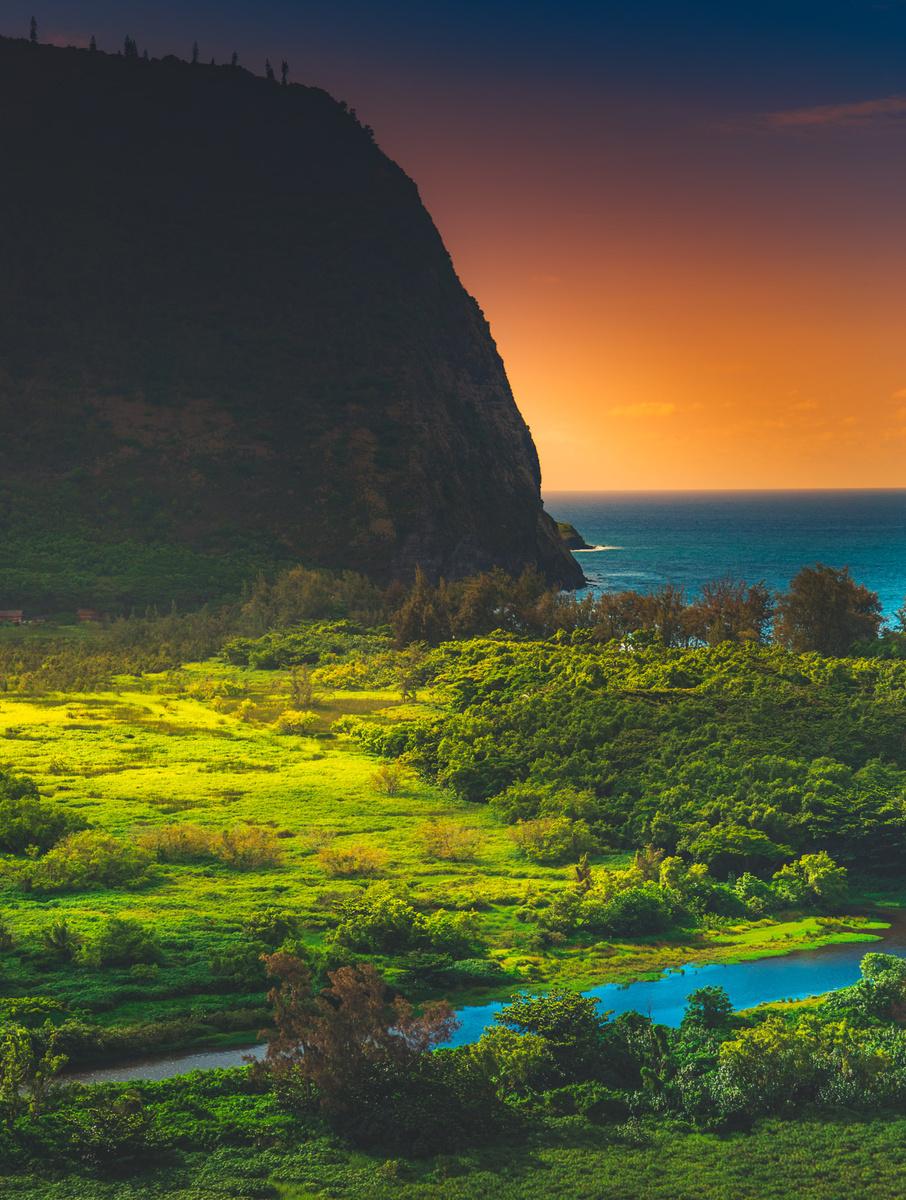
Work with communities to identify high priority sites (based on resident sentiment and visitor safety), and develop community based management plans which include identifying carrying capacity (biological and ecological) of these sites.
Create place based curricula for educating residents and visitors of wahi pana that are visited by residents and visitors, and provide certification opportunities.
Advocate for an increase in resources to support public recreational spaces, such as parks and hiking trails.
Develop and implement a coordinated place based communication and promotions program based on ‘aina and place-based values.

Engage/hire local residents who have placebased knowledge
Provide visitors with easy access to messaging relating to pono practices
Coordinate efforts to ensure appropriate involvement by all stakeholders in implementation of tourism strategic plans
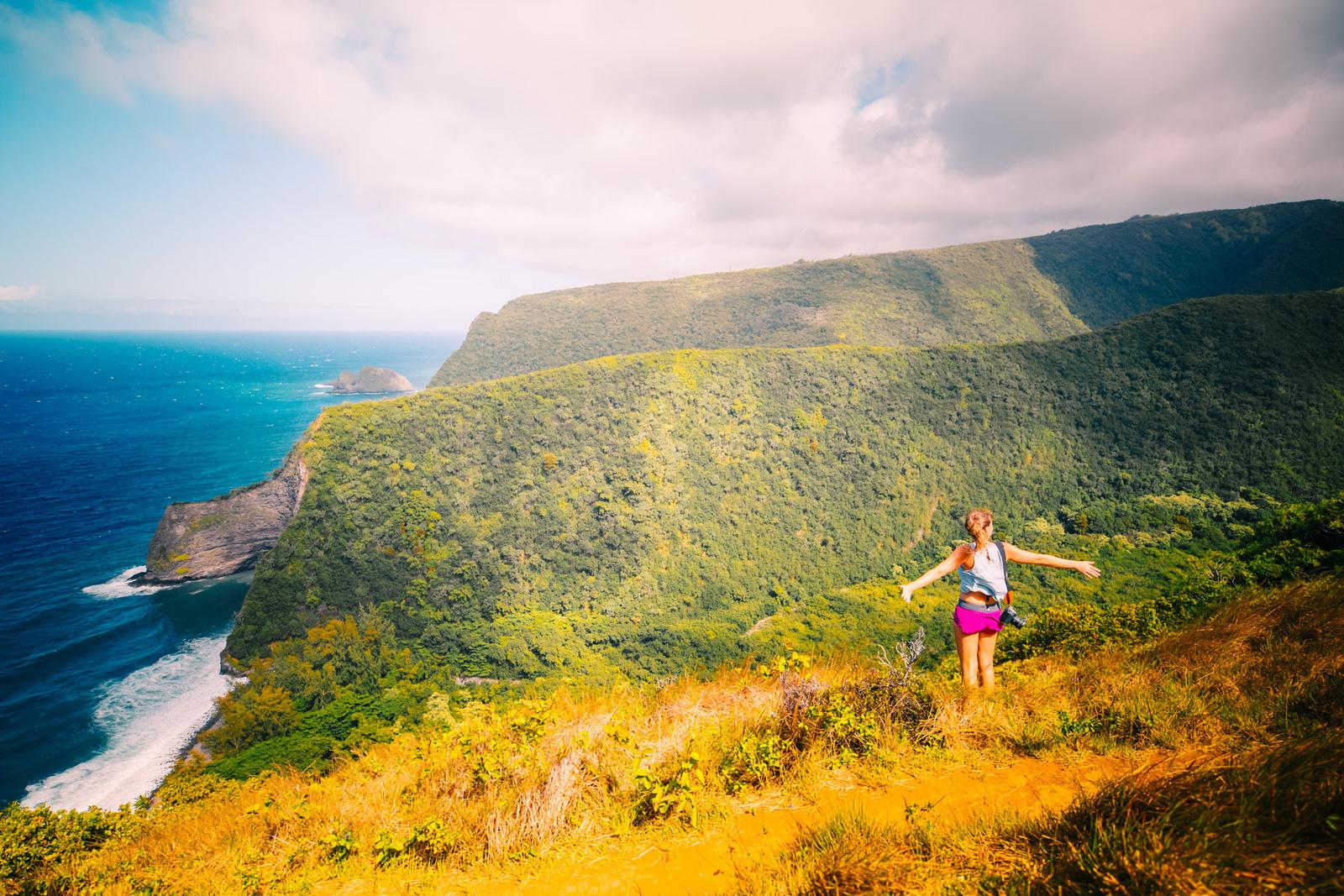
Broaden awareness and understanding of the Hawai‘i Island Tourism Strategic Plan 2020-25 (HITSP)
Broaden awareness and understanding of the Hawai‘i Tourism Authority Strategic Plan 2020-25 (HTASP)
Bring to life the tenants of the HITSP and HTASP
P R O S P E R I T Y
M E T R I C S
Jobs
Increased wages
Resident sentiment toward visitor industry
Visitor satisfaction

Health of ‘āina and people
We envision a resilient community connected and empowered to care for each other in times of disaster.
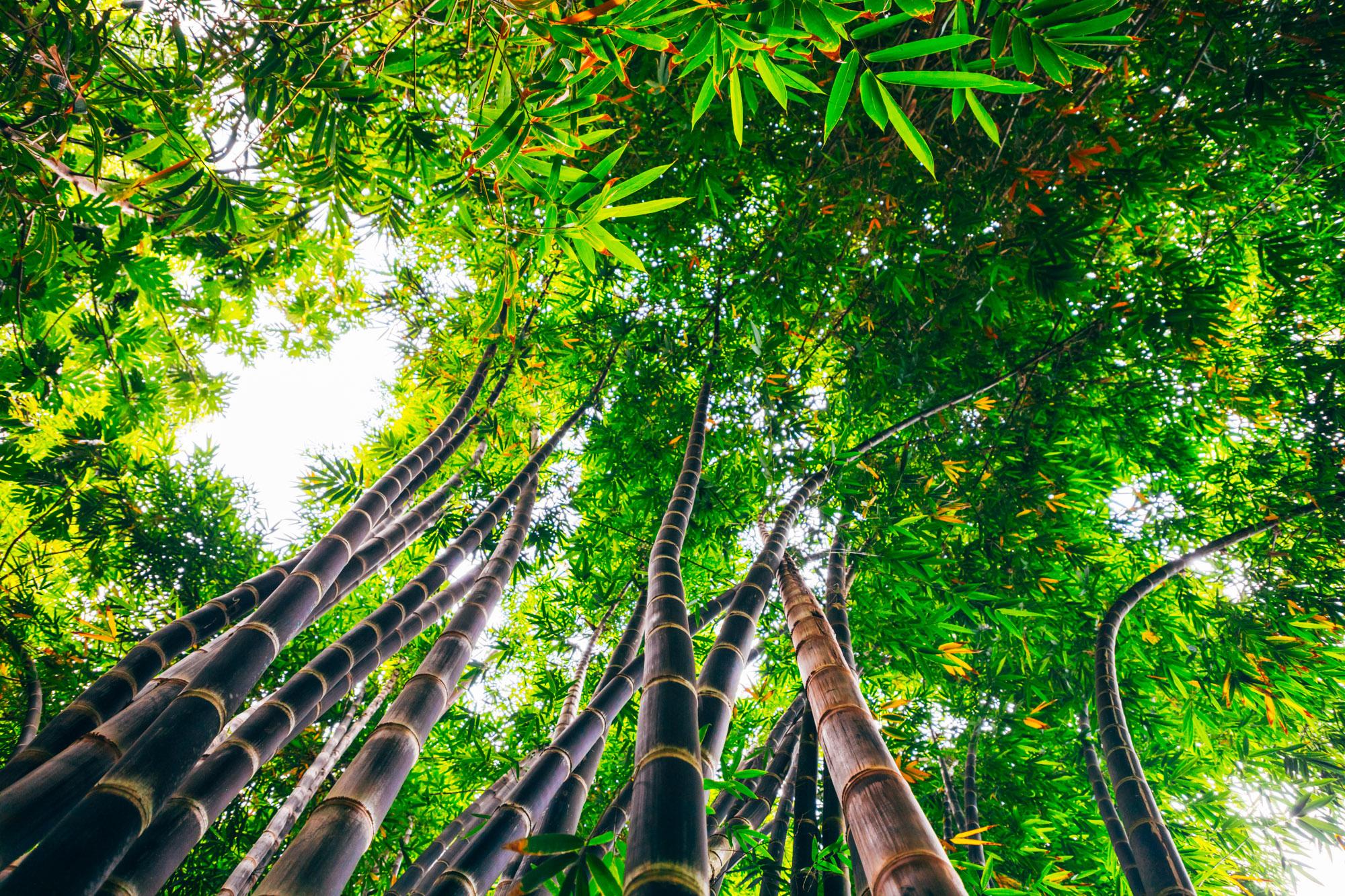
We envision an engaged citizenry that contributes to a Vibrant Hawaiʻi.
L I S T O F P R O J E C T S & T A C T I C S
F O R S E C T O R S T R A T E G I E S

Arranged within an ABCD lens: what we can do, what we need help with, and what we need others such as government, philanthropy, and industry to do
Support the maintenance, enhancement and protection of Hawai‘i Island’s natural resources
Work with communities to identify high priority sites (based on resident sentiment and visitor safety), develop community based management plans which include identifying carrying capacity (biological and ecological) of these sites
Kahalu’u Bay Parking Fee Pilot, Ho’okena, Wai’uli/Keaukaha, Waipio Valley Living and Sharing Pono Pilot Projects
Create place based curricula for educating residents and visitors of wahi pana that are visited by residents and visitors, and provide certification opportunities
Indigenous Alignment Certification
Advocate for an increase in resources to support public recreational spaces, such as parks and hiking trails
Living and Sharing Pono Pilot projects
2) Develop and implement a coordinated place based communication and promotions program based on ‘aina and place-based values
Engage/hire local residents who have place-based knowledge
Identify, map and document natural and cultural resources, sacred and historical sites and stories of the sites
Develop appropriate strategies and products to brand, market and share the sites
Provide training and materials to appropriate visitor industry stakeholders
Living and Sharing Pono Pilot Projects
Provide visitors with easy access to messaging relating to pono practices
Pono Pledge Campaign (in multiple languages)
In-flight videos
Rental car agencies
Activities
Hotels
Social media, including influencers
Podcasts
Paid advertising
Broaden awareness and understanding of the Hawai‘i Island Tourism Strategic Plan 2020-25 and the Hawai‘i Tourism Authority Strategic Plan 2020-25
Widely disseminate both documents and host conversations that bring together industry stakeholders
Open dialog directly between Hawai‘i County Research & Development, the Hawai‘i Tourism Authority, policy makers, and industry stakeholders
Share ideas about how stakeholders are enriching places with their presence (asking questions like: Is it pono to go there? How can we enrich the place we’re visiting through our presence? How will our guests be enriched by taking them there?)
Fully understand the four pillars of the HTA Strategic Plan (Natural resources – if ‘aina is not thriving, we as kanaka are not thriving; Hawaiian culture – we need to preserve, perpetuate and promote the culture in responsible ways; Community – without people, this place/destination is not worth visiting; Branding – what are we doing to tell stories and who’s telling the stories) and how/where stakeholders fit into the plan)
Living and Sharing Pono Pilot Projects
Highlight stakeholders with promising or proven projects to serve as a model for others
Partner with Hawaii County Research and Development and Hawaii Tourism Authority to provide technical assistance and support for implementation of plans goals, objectives and mandates
Request and obtain pre-determined periodic updates and assessments of the progress of both plans
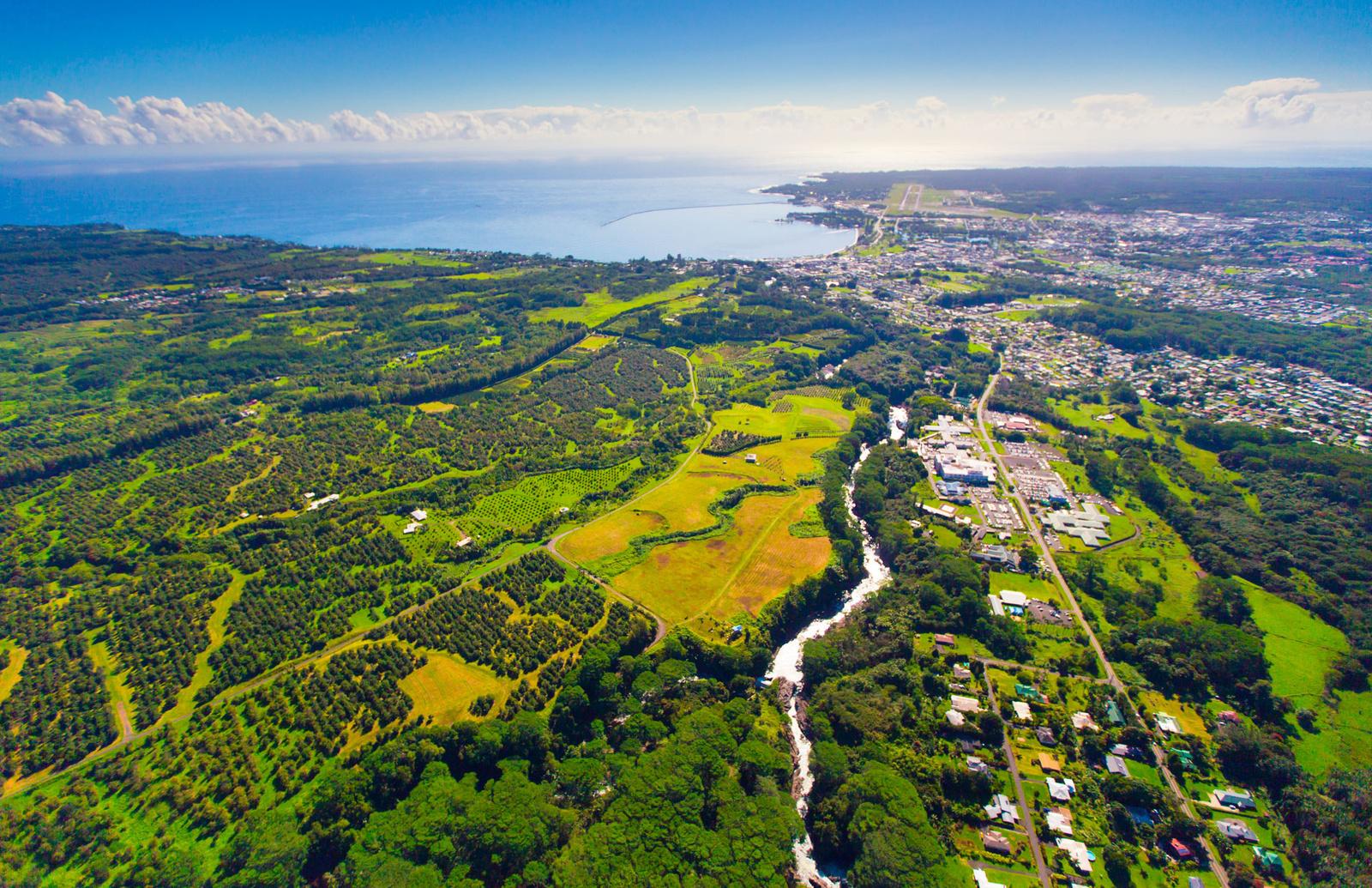
This strategy is designed to foster collective action. While priority projects are identified, everyone is encouraged to select a tactic or project that resonates, join (or create!) a core team, and work to implement. Core teams will be empowered with a goal setting framework and evaluative and feedback tools to ensure sustained and measured progress.
Convene and guide the Core Team to reach 90-day Key Results.
Commit to the success of the initiative: plan, design, launch, evaluate, iterate, and scale. Contributors must have bandwidth (time) and capacity to commit to a 90day action timeline focused on key results, organizational commitment and alignment, vision for transformation, and a willingness to take risks and weather small failures.
Supportive community partners who are relied upon to share their knowledge, perspectives, and to bring thought partners into the process.
For folks who are not ready to jump into a Stream - but want to learn more - Vibrant Hawaiʻi hosts quarterly CONFLUENCE. An open meeting where all Streams come together to share the outcomes of the last quarter and opportunities to contribute to activities in the next quarter.
The Economy Stream co-chairs will lead efforts to conduct quality, on-going evaluation of Core Teams formed to implement Action Plans for this economic development strategy. The purpose of this evaluation is to document objective performance measures and intended outcomes of the identified activities.
Utilizing both quantitative and qualitative methods, co-chairs will develop a way to help Core Teams monitor their progress and ensure that they are meeting their 90-day Key Results.
Process evaluation provides assessment of project implementation efforts. As indicated in the Logic Model (page 4), each activity will have identified Outputs (direct tangible results) with corresponding performance measures included as Outcomes (short-term, positive impacts on the community) that can be measured within a one year period. Outcome evaluation is primarily concerned with the efficacy of the project, which is outlined in the Logic Model as Waypoints (population level indicators) and the Scorecard (indicators that tell us how well we are doing in our journey toward a vibrant Hawai'i). The combination of these tools will effectively assist in assessing the overall effectiveness and impact of this Economic Development Strategy and Action Plans.
This evaluation effort will be enhanced by qualitative information through observation of program activities, site visits, interviews with Core Teams and stakeholders, and focus groups with residents; all of this will tell us how well activities are meeting anticipated outcomes.
White papers and data dashboards will be an option for communicating and visualizing the ongoing progress of the activities within this strategy.
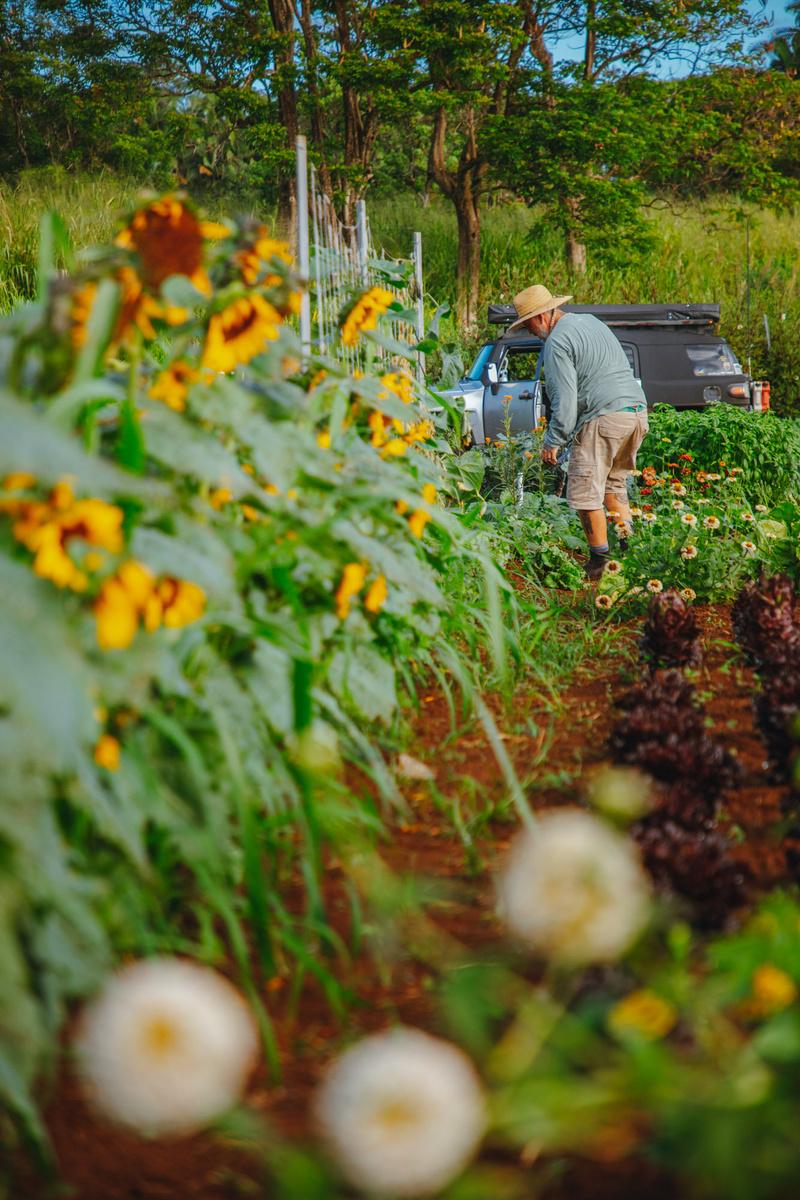
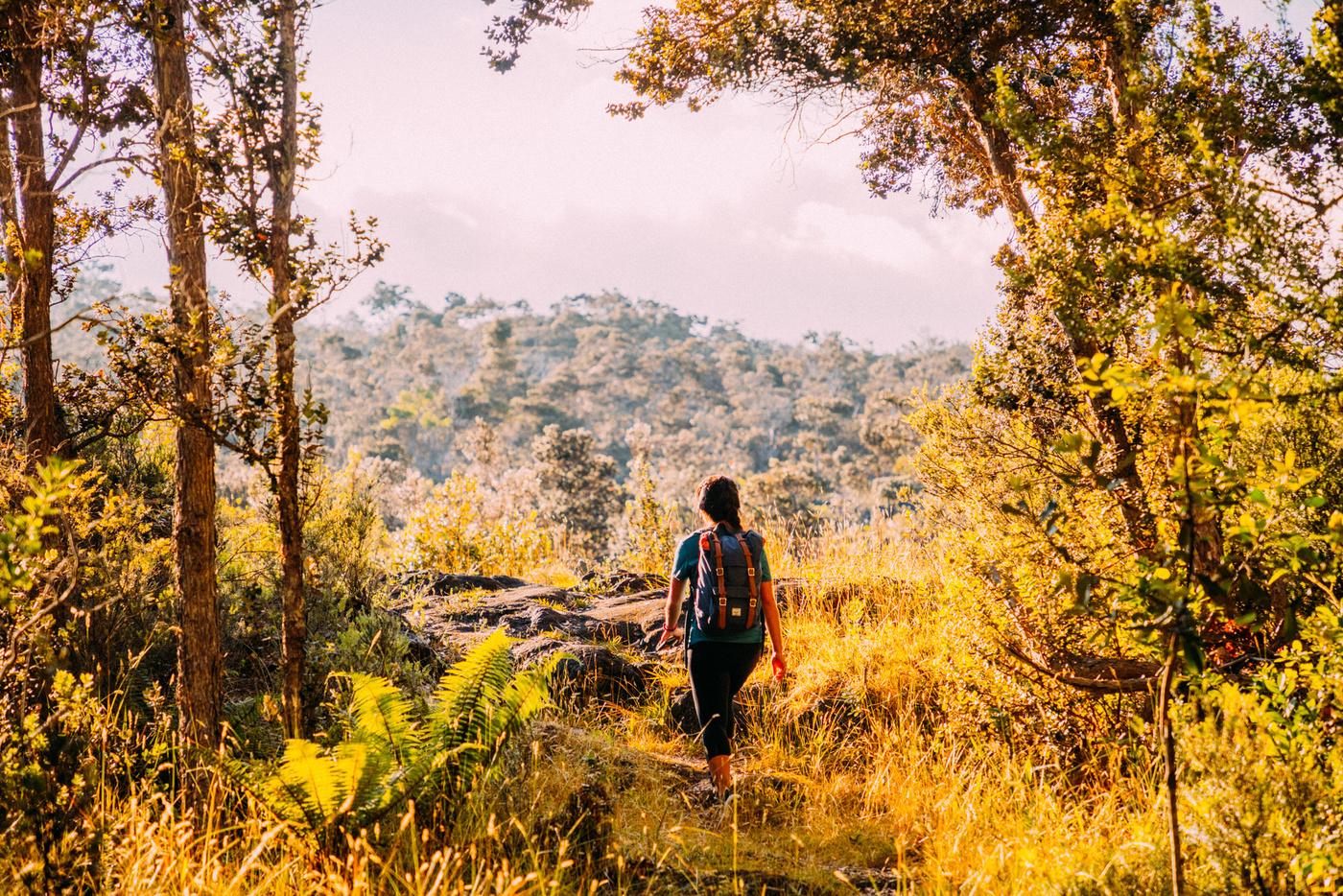
Vibrant Hawai‘i is a growing community that commits to individual and collective ‘auamo kuleana to increase equitable opportunities to build wealth: an abundant reservoir of human, social, natural, and financial capital that we contribute to and draw upon.

STRATEGIES FOR HAWAI‘I ISLAND

